

The last US military parade was held in 1991 to celebrate the end of the Gulf War.
President Donald Trump apparently wants a parade — a military parade.
"President Trump is incredibly supportive of America's great service members who risk their lives every day to keep our country safe," Press Secretary Sarah Huckabee Sanders said in a statement Wednesday. "He has asked the Department of Defense to explore a celebration at which all Americans can show their appreciation."
Inspired by a French military parade in honor of Bastille Day, Trump reportedly wants it complete with marching soldiers and rolling tanks.
While it's still in the brainstorming stages, critics have called the idea troubling because of its potential authoritarian overtones, as well as noting how the infrastructure in Washington DC may not be able to support modern heavy equipment on the streets.
The parade, however, would not be America's first. The last one was held in June 1991 under President George HW Bush to celebrate the end of the Gulf War.
Here's what it looked like:
The parade started of with an F-117 stealth fighter fly-over, followed by a convoy of military helicopters seen below, which included Chinooks, Hueys, and others.
Then came General Norman Schwarzkopf walking down Constitution Avenue with a Central Command Unit.
He later joined in President Bush in the viewing stand.
Next were multiple army units, including VII Army Corps, the 1st and 4th Army Armored division, the 3rd US Army, and marching bands.
M-1 tanks and Bradley fighting vehicles also came rolling down.
As well as multiple launch rocket systems.
M109 Howitzers, seen below, were featured with M198 Howitzers, and heavy expanded mobility trucks.
The 101st and 82nd Army Airborne Divisions then followed.
Along with Patriot Missile systems.
Multiple Marine units followed along with Marine main battle tanks.
Then came the 7th Navy fleet, along with a combat logistics composite unit, a construction battalion unit, and others.
Tomahawk cruise missiles were on hand with a strike group composite unit.
Here's a clearer look at troops marching towards the Pentagon, with the Lincoln Memorial in the background.
Then-Secretary of Defense Dick Cheney was present too, along with other cabinet members, including Secretary of State James Baker.
Here's Baker in the stands with then-Chairman of the Joint Chiefs of Staff — and future secretary of state — Gen. Colin Powell.
The parade featured a US Navy fly-over with a standard naval fighter triple diamond formation.
Then the Air Force did a fly-over with F-15s, F-16s, harriers, and others.
Including A-10 Warthogs, EA-6B Prowlers, Hornets, KC-130s, KC-135s, B-52s, AWACs, and more F-117s.
Lastly came fireworks, a "God Bless America" sing-along, and a thank you float.
A picnic for service members, such as this Marine captain, followed the parade.
President Bush was picked up Marine Squadron One and flown back to the White House.
The National Victory Celebration Parade cost $12 million, and lasted nearly 2 hours.
The US invaded Iraq in August 1990 after Saddam Hussein invaded Kuwait, which was a US ally that supplied America with oil.
Hussein was angry that Kuwait kept oil prices down by overproducing, and even reportedly was slant-drilling Iraqi oil under the border.
Knowing that an invasion of Kuwait might upset the US, Hussein infamously asked US Ambassador April Glaspie about the prospective invasion.
Glaspie, under the orders of the Bush administration, told Hussein that the US had "no position" and failed to warn him that the US would oppose such aggression.
More than a dozen years later, President George W. Bush invaded Iraq again, claiming that Hussein had weapons of mass destruction.
US troops would find thousands of chemical munitions, but never any nuclear weapons that the Bush administration had claimed.
The last US military parade was held in 1991 to celebrate the end of the Gulf War. Read Full Story


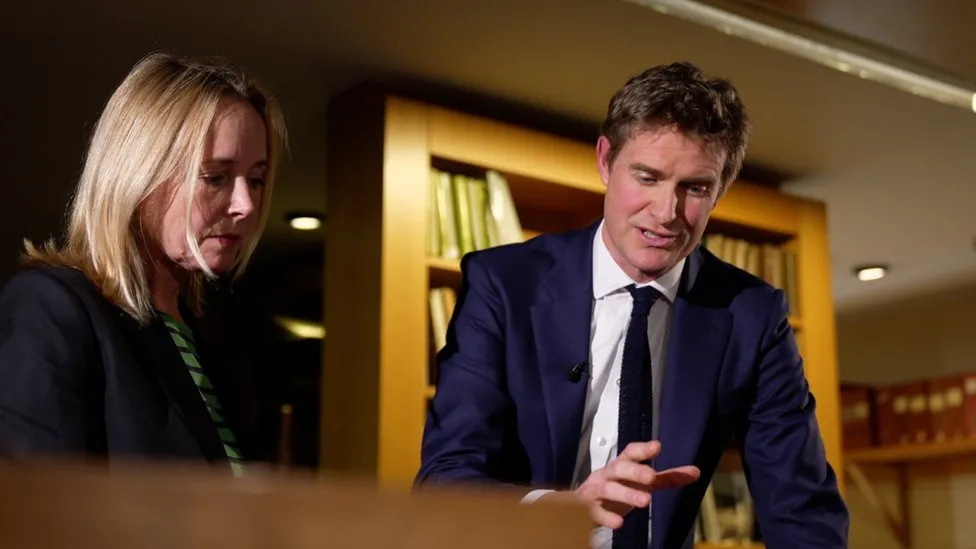
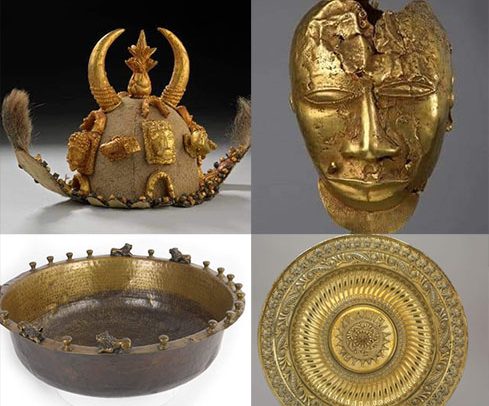






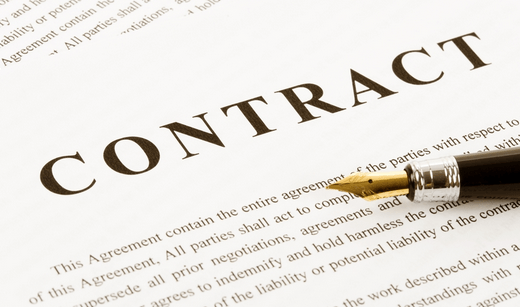
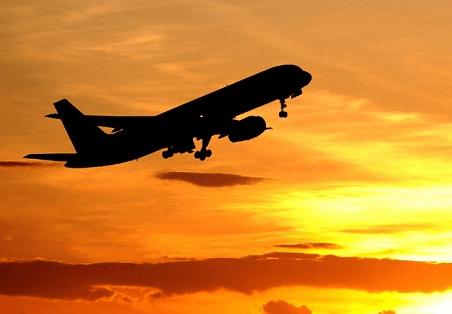


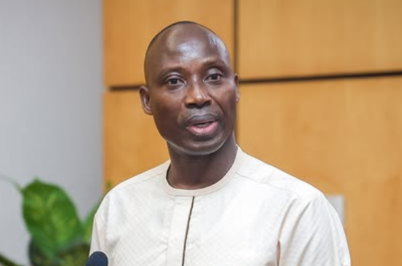







Facebook
Twitter
Pinterest
Instagram
Google+
YouTube
LinkedIn
RSS